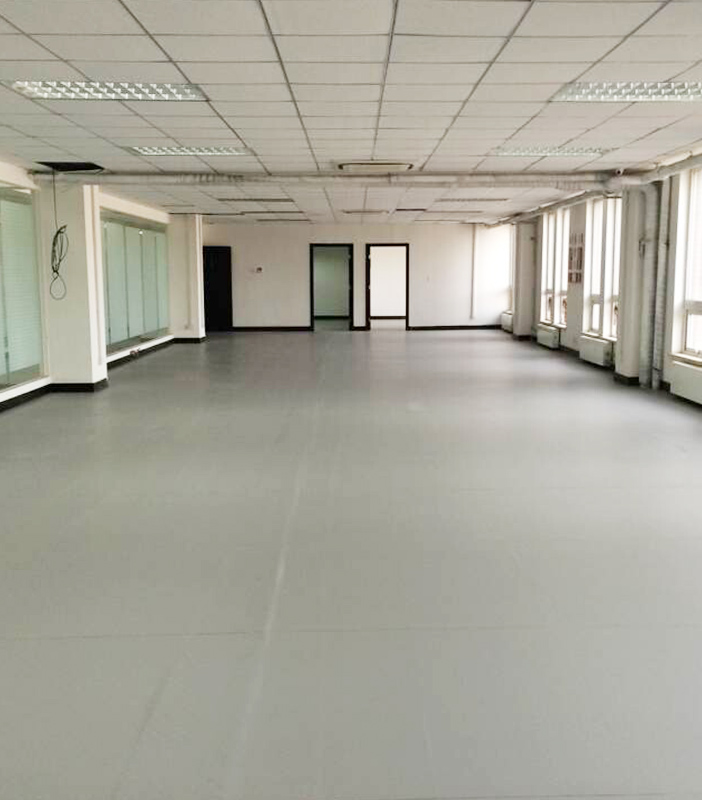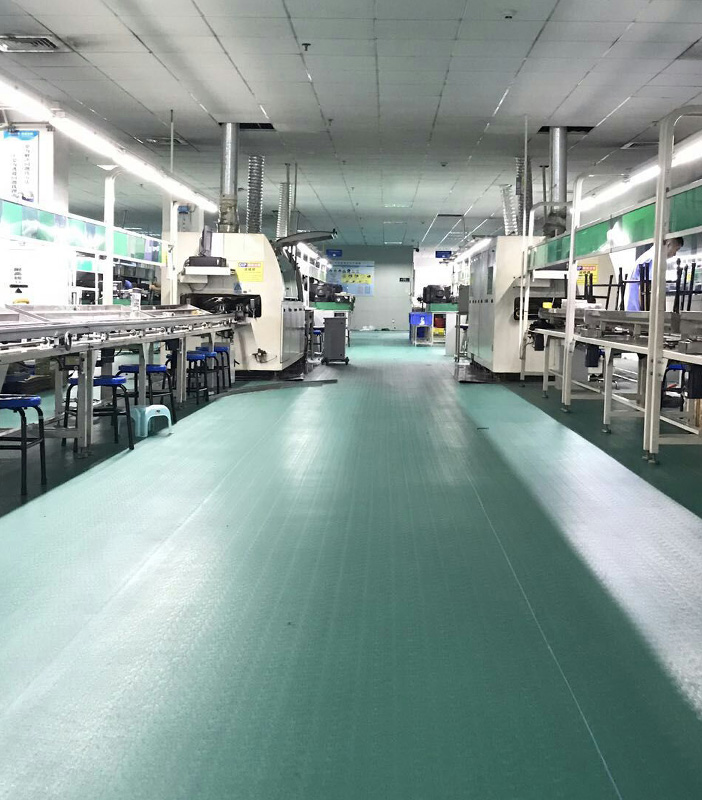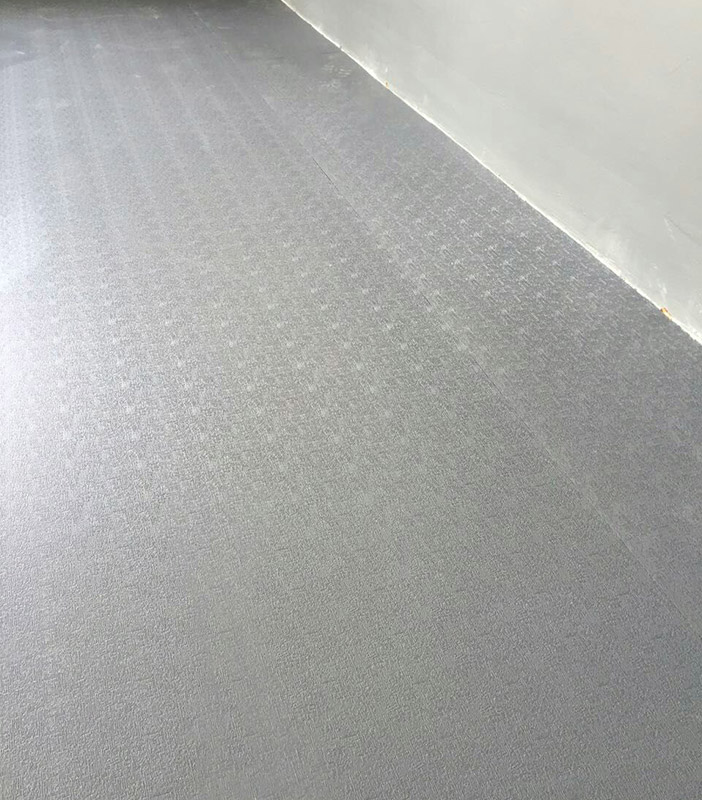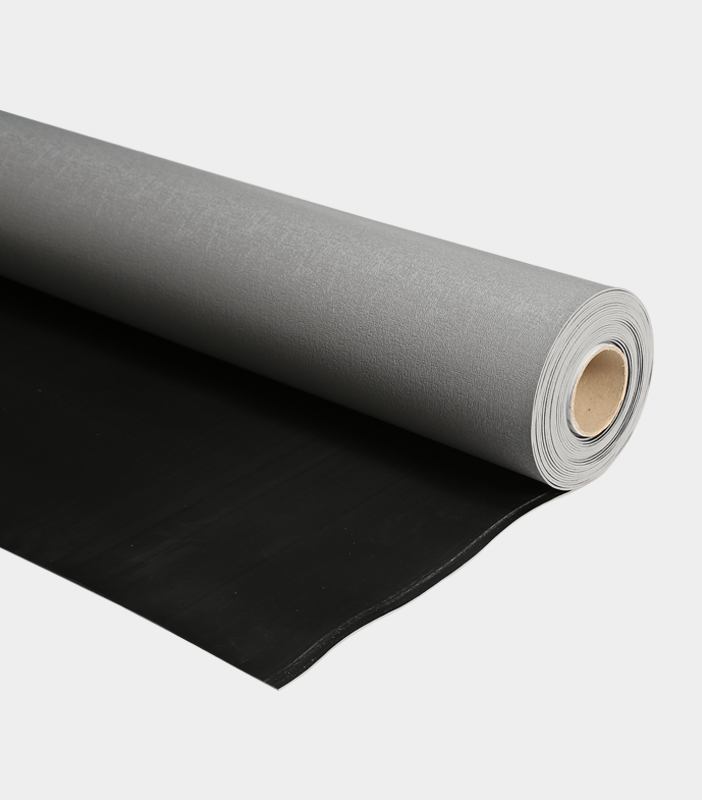Design High Quality ESD Foam Mat in China
ESD (Electrostatic Discharge) foam mats are critical components in environments where static electricity poses a threat to sensitive electronic equipment and devices. These specialized mats play a pivotal role in preventing damage caused by electrostatic discharge, ensuring operational safety and efficiency in various industrial and commercial settings.
ESD foam mats are designed to control and dissipate static electricity effectively. They feature a dissipative surface that safely channels electrostatic charges away from sensitive electronics, preventing accidental discharge that could lead to component failure or data loss. By providing a controlled environment free from static buildup, these mats contribute to maintaining product integrity, improving reliability, and enhancing workplace safety.
ESD foam mats find wide-ranging applications across industries where electrostatic discharge protection is paramount. In electronics manufacturing and assembly facilities, these mats are used on workbenches, assembly lines, and testing areas to create static-safe zones for handling circuit boards, semiconductors, and other electronic components. Laboratories and cleanrooms also utilize ESD mats to safeguard delicate instruments and maintain cleanroom standards by small the static attraction of dust and particles.
The manufacturing of ESD foam mats involves specialized materials and processes tailored to achieve good static dissipative properties. Typically, these mats are made from durable materials such as closed-cell polyethylene foam or PVC (Polyvinyl Chloride) foam infused with conductive additives or carbon fibers. These materials impart conductivity while ensuring flexibility, resilience, and resistance to chemicals and abrasion.
The production process begins with blending raw materials into precise formulations that balance foam density, conductivity levels, and mechanical properties. The foam is then processed through extrusion or molding techniques to form sheets of various thicknesses and dimensions. Surface treatments may include applying textured or smooth finishes to enhance grip, ease of cleaning, and overall usability in industrial environments.
ESD foam mats offer several key benefits that contribute to their widespread adoption in industrial and commercial settings:
Electrostatic Discharge Protection: By dissipating static charges, ESD mats prevent damage to sensitive electronics and reduce the risk of costly component failures.
Workplace Safety: Mats create a safer working environment by small the potential for electrical shocks to personnel handling electronic equipment.
Surface Stability and Comfort: The mats provide a stable and ergonomic surface for workers, enhancing productivity and comfort during prolonged use.
Durability and Longevity: Designed for heavy-duty applications, ESD mats exhibit durability, chemical resistance, and long-term performance, reducing replacement costs and downtime.
Compliance and Standards: ESD foam mats comply with industry standards and regulations for electrostatic discharge protection, ensuring reliability and consistency in performance.
Looking ahead, advancements in ESD foam mat technology are anticipated to focus on:
Smart and Connected Mats: Integration of IoT (Internet of Things) capabilities for real-time monitoring of electrostatic levels and performance metrics.
Enhanced Environmental Sustainability: Adoption of eco-friendly materials and manufacturing processes to reduce environmental impact and promote sustainability.
Customization and Versatility: Increased demand for customizable mats tailored to specific industry requirements, including size, color, and conductivity specifications.
Innovative Surface Designs: Development of advanced surface treatments and textures to improve grip, ease of cleaning, and user comfort.
ESD foam mats are indispensable tools for protecting sensitive electronics from electrostatic discharge in industrial and commercial environments. Their role in maintaining operational safety, improving product reliability, and enhancing workplace efficiency underscores their importance in modern manufacturing and technology sectors.

 简体中文
简体中文 English
English España
España Deutsch
Deutsch




